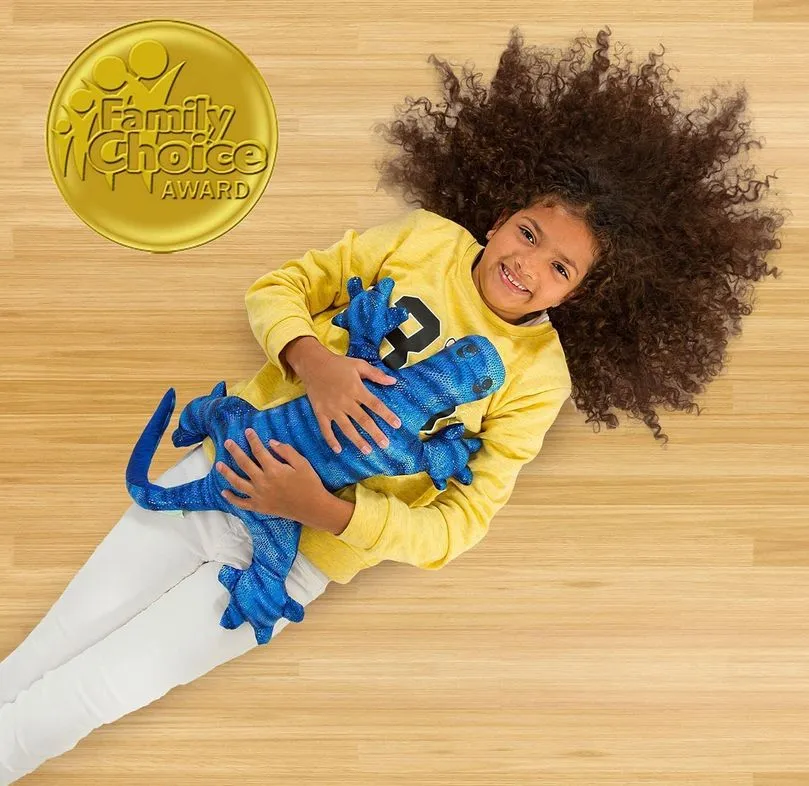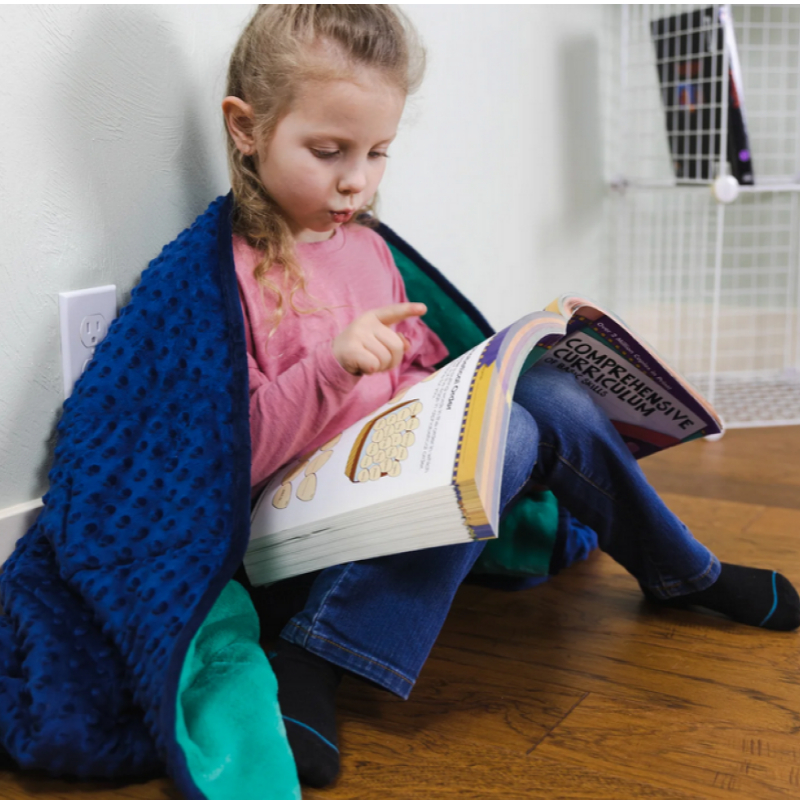The Intersection of ADHD and Sensory Processing Disorder

Attention Deficit Hyperactivity Disorder (ADHD) and Sensory Processing Disorder (SPD) are two neurodevelopmental conditions that often co-occur. The two conditions have different characteristics and diagnostic criteria, but cause similar behavioral reactions. Their interplay can amplify the effects of one or both, and complicate the lives of children experiencing them. Here, we explore the intersection of ADHD and SPD, how they affect individuals, and strategies for managing these coexisting conditions.
What’s ADHD and SPD? How are they different?
ADHD is a neurodevelopmental disorder characterized by persistent patterns of inattention, hyperactivity, and impulsivity. (We’ve previously looked at some facts and fictions surrounding ADHD.) ADHD often manifests in childhood and persists into adulthood, affecting various aspects of life including school, work, and relationships.
Sensory Processing Disorder, on the other hand, occurs when the brain doesn’t correctly interpret input from the body’s senses. Kids with SPD may be either hypersensitive or hyposensitive to sensory input. As you might be able to guess, hypersensitive kids get overwhelmed easily by sensory input. As a result, they may be averse to strong sensory stimulation. Common sensory sensitivities include sensitivity to light, sound, touch, taste, and smell.
Hyposensitive kids, on the other hand, have difficulty recognizing when their body is receiving sensory information. They may crave extra stimulation or struggle with skills like coordination, balance, and body regulation.

The Intersection of ADHD and SPD
Children with ADHD tend to be over-responsive to simulation, placing them in the hypersensitive category. They can be quickly triggered by irritating sensations, sounds, or smells. They may find their attention worsened by their sensitivity to stimulation. Small changes imperceptible to their teachers and adults may be huge distractions for them. This combined effects can then lead to emotional dysregulation. Individuals with ADHD already struggle with impulsive emotional responses. Combined with SPD, moments of sensory overload can become distressing and lead to emotional outbursts.
However, children with ADHD may also have hyposensitivity. This can look like poor coordination, unawareness of what’s going on around them, and even a higher threshold for pain.

The combination of ADHD and SPD can have a significant impact on daily functioning. Tasks that require attention, organization, and sensory regulation can become even more challenging, creating obstacles in school, work, and daily life. When ADHD and SPD coexist, individuals may experience challenges in social interactions, self-esteem, and overall quality of life. These difficulties can lead to feelings of frustration, isolation, and a sense of being misunderstood.
Managing Where ADHD and SPD Meet
Managing ADHD and SPD requires a holistic approach that takes into account the unique needs and challenges of the individual. An accurate diagnosis is the first step. If your child is exhibiting symptoms of distress, consider seeking a professional assessment that includes concurrent ADHD and SPD.

For children with coexisting ADHD and SPD, interventions like sensory integration therapy may help. This therapy exposes children to different types of stimulations at varying levels of intensity over a span of time, which helps them respond more effectively to their environment. Behavioral interventions, such as cognitive-behavioral therapy (CBT), can also help a child become more aware of their body’s responses and the behaviors that different stimulations elicit. This awareness, in turn, can help address emotional dysregulation, impulsivity, and social skills development.
For caregivers who want to help their children at home, some small environmental modifications can create an environment for your child that is conducive to managing sensory sensitivities. This include using noise-canceling headphones, adjusting lighting, or providing sensory-friendly workspaces. You may also want to establish consistent routine and structure to help your child manage their daily lives more effectively. Predictable schedules can reduce anxiety and improve attention.
Lastly, work with your child to develop and practice coping strategies and self-regulation techniques that help them manage overwhelming sensory experiences and impulsivity. Provide opportunities for them to talk to you, even if they don’t always take you up on them. Remind your child that they aren’t alone and can come to you when they are struggling or overwhelmed.

The intersection of ADHD and Sensory Processing Disorder is a complex and challenging issue for both children who experience these conditions and their caregivers. Understanding the ways in which these conditions interact is important for effective management. It is most important to remember that every child is unique, and a tailored approach is essential for best outcomes.
